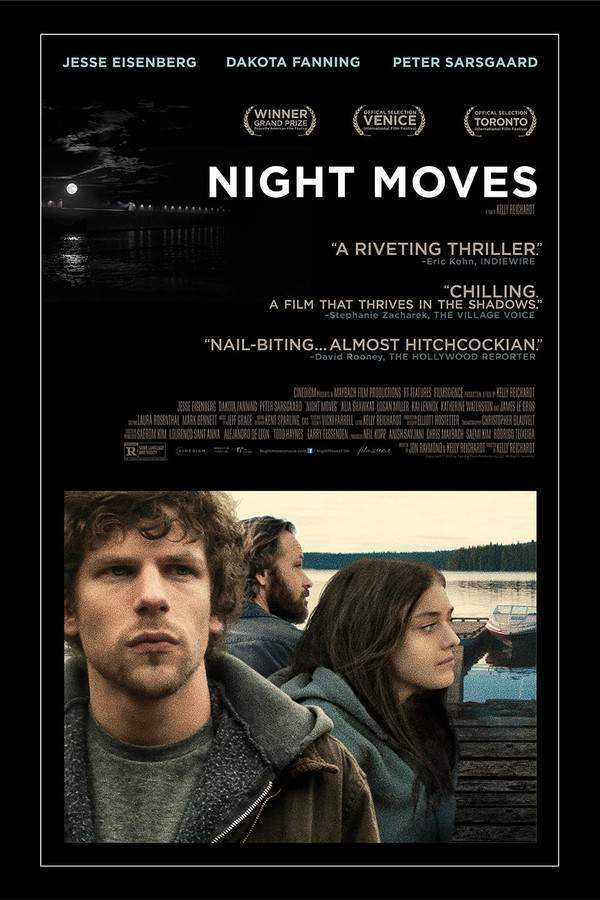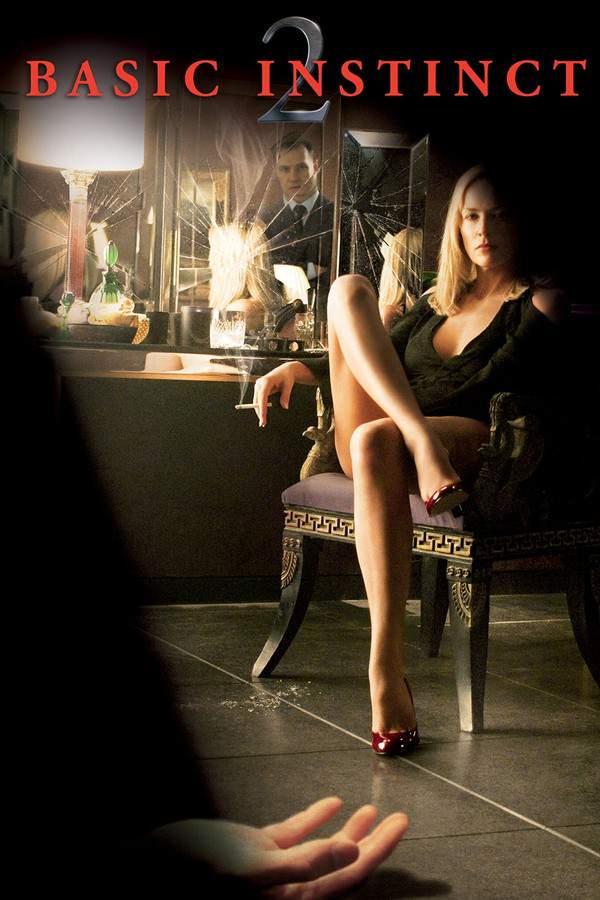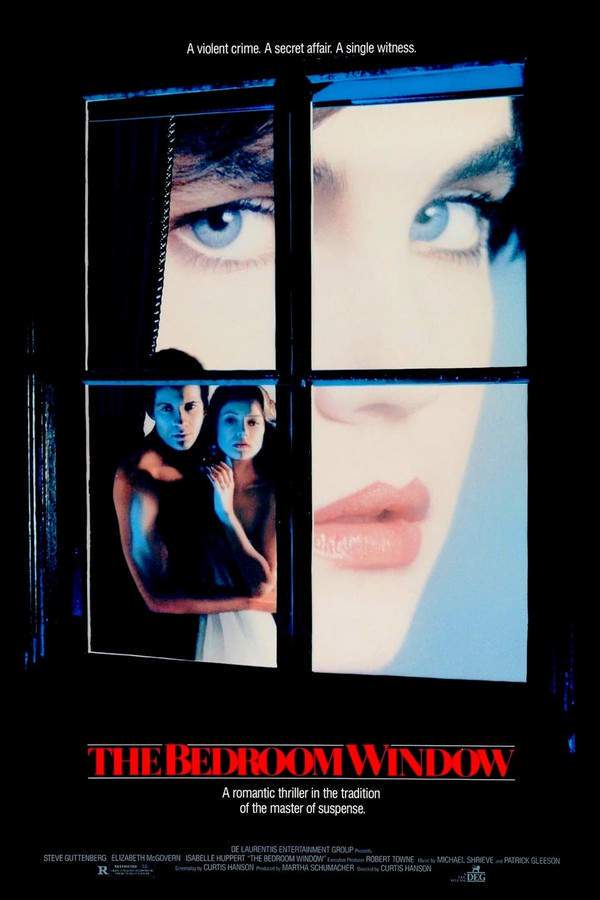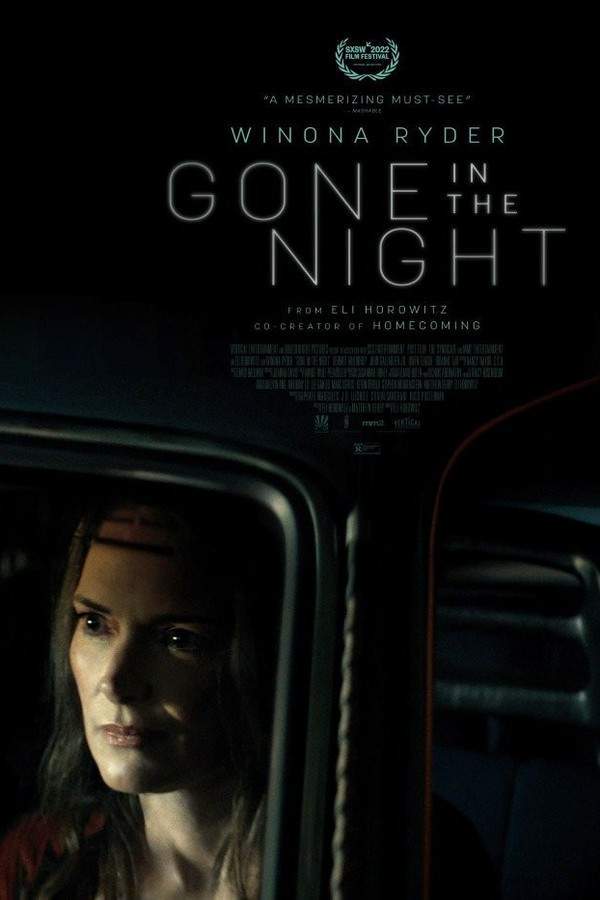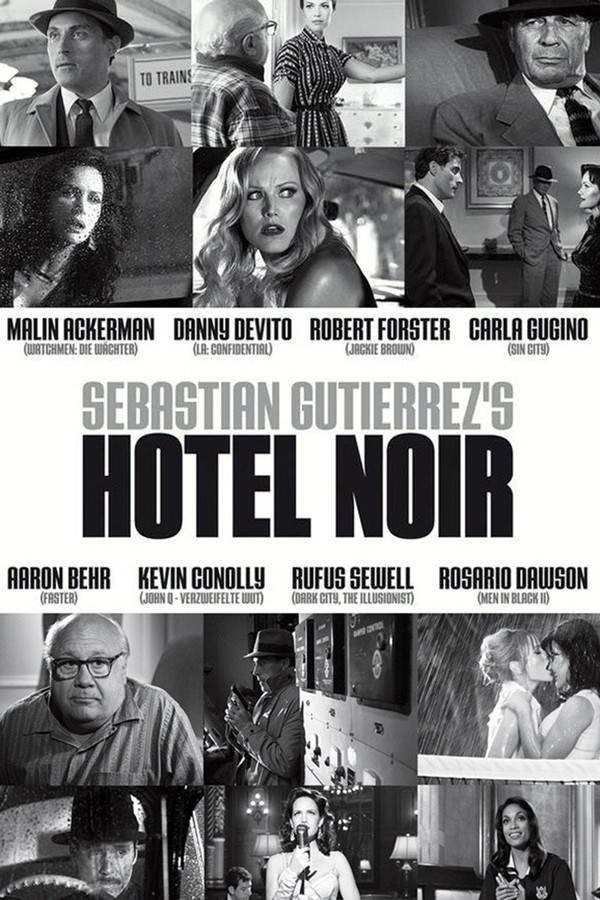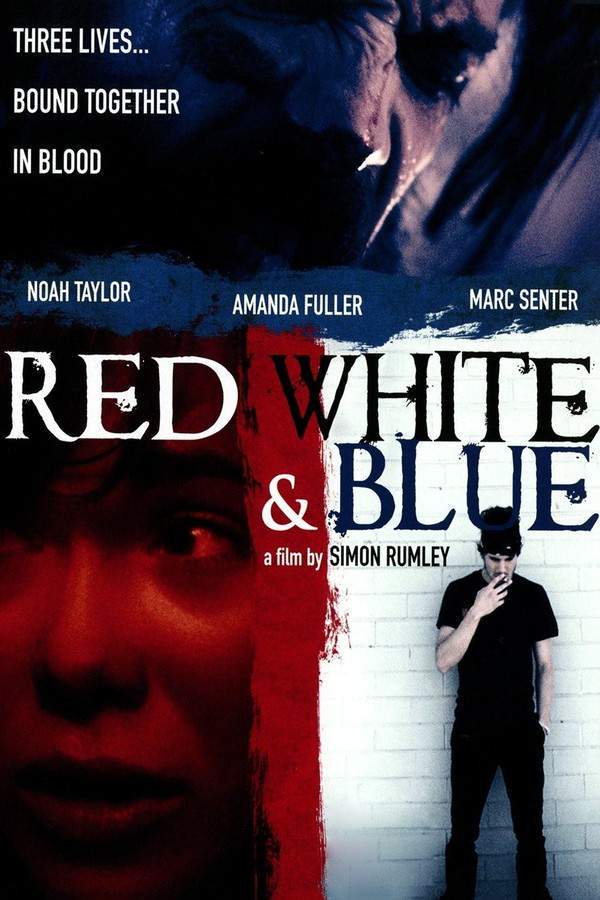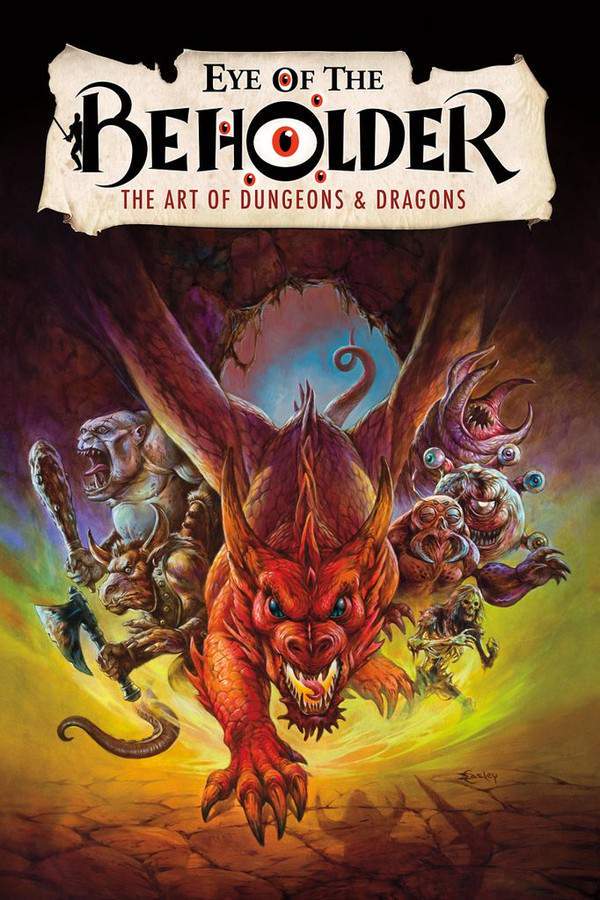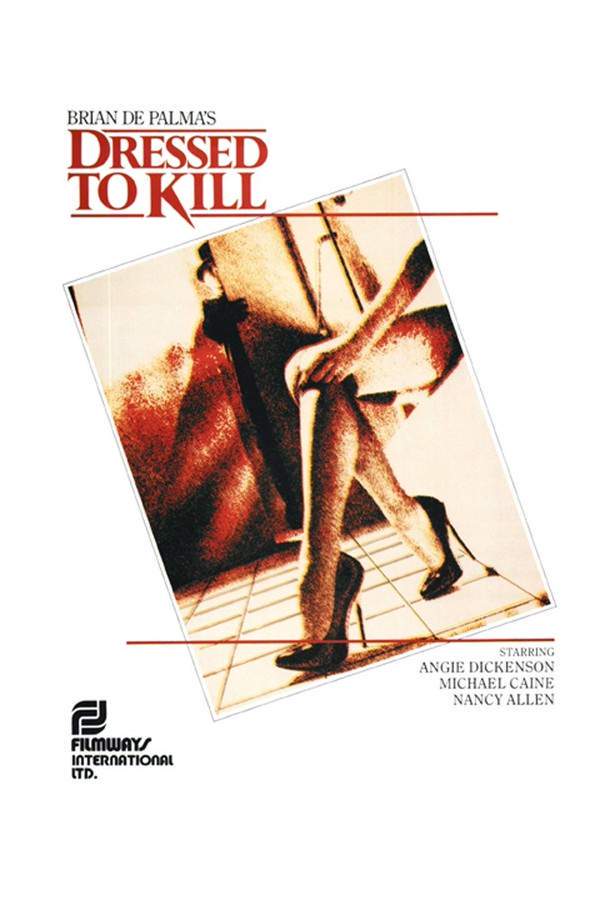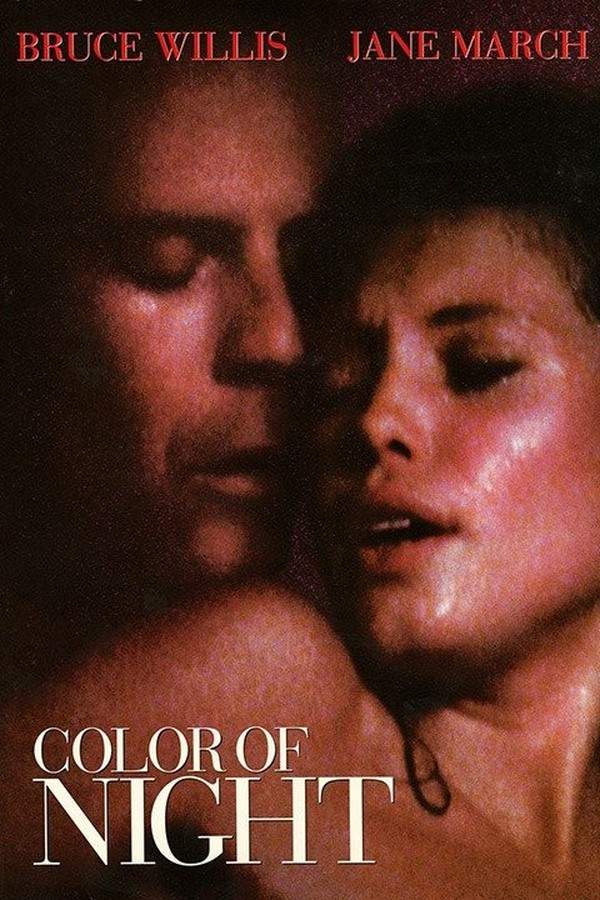
Color of Night
Year: 1994
Runtime: 121 min
Language: English
Director: Richard Rush
Budget: $40M
A color-blind psychoanalyst finds himself the target of a relentless stalker after taking over the therapy group of a friend who was recently murdered. The group's patients share a connection to a mysterious young woman, with whom the analyst begins experiencing intense and unsettling encounters. As he investigates the killer’s identity, he must confront his own psychological vulnerabilities and the dark secrets of those around him.
Warning: spoilers below!
Haven’t seen Color of Night yet? This summary contains major spoilers. Bookmark the page, watch the movie, and come back for the full breakdown. If you're ready, scroll on and relive the story!
Color of Night (1994) – Full Plot Summary & Ending Explained
Read the complete plot breakdown of Color of Night (1994), including all key story events, major twists, and the ending explained in detail. Discover what really happened—and what it all means.
Bill Capa, a psychoanalyst played by Bruce Willis, caters to affluent and mentally unstable individuals in the bustling city of New York. One fateful day, his patient Michelle, portrayed by Kathleen Wilhoite, arrives at their session in a deeply troubled state. As Bill insensitively brushes off her issues, telling her “look in the mirror,” he distracts himself with a phone call. In a moment of despair, Michelle leaps from his office window, resulting in her tragic death. The sight of her bright green dress soaked in red blood leads Bill to suffer from acute stress-induced color blindness, forever seeing the world in shades of gray instead of red.
In an effort to heal, Bill seeks advice from his friend and mentor, Dr. Larry Ashland (Jeff Corey), who encourages him to move past his guilt. To find solace, Bill decides to spend some time with an old college buddy in California. Upon his arrival in Los Angeles, he reconnects with fellow therapist and best-selling author Dr. Bob Moore, played by Scott Bakula, who invites him to his Monday evening group therapy session. Although hesitant, Bill agrees and becomes acquainted with a diverse and complex group of individuals.
Among them is Clark, a character brought to life by Brad Dourif, who struggles with obsessive-compulsive disorder, emphasizing cleanliness and rituals of counting. Then there’s Sondra, portrayed by Lesley Ann Warren, a nymphomaniac with kleptomaniac tendencies, often marrying wealthy older men who meet tragic ends. Buck, a character played by Lance Henriksen, is an ex-cop haunted by the horrors of his past. Meanwhile, Casey, depicted by Kevin J. O’Connor, is a sadomasochist living a life supported by a wealthy, abusive father, and Richie, a sixteen-year-old boy grappling with his identity and a history of legal troubles.
During the group’s interactions, it becomes clear that beneath their seemingly jovial camaraderie lies a deeper turbulence. Following the therapy session, Bob drives Bill to his opulent Malibu residence, which is heavily fortified due to Bob’s receipt of anonymous death threats, likely stemming from a member of the group. Bob hopes that Bill can utilize his unique ability to discern which of the patients might harbor violent tendencies. However, Bill feels unable to detect anything that would suggest murderous intent amongst them.
Tragedy strikes again when Bob is found murdered in his office, leading Detective Lieutenant Hector Martinez, played by Rubén Blades, to suspect one of the patients. Reluctantly, Bill agrees to inform the group of Bob’s demise as he believes he can handle the situation with greater sensitivity than Martinez. Unfortunately, Bill’s entanglement deepens when he encounters Rose, played by Jane March, a captivating young woman who rear-ends him in her jeep after the group meeting, further complicating his emotional landscape.
In the wake of the shocking news, Bill steps up to lead the Monday sessions, drawing the affections of the devastated group members. Tension builds as Martinez presses Bill for answers, but Bill refuses to abandon his newfound responsibilities. Following a series of events that intertwine Bill with the dark secrets of the patients, including shocking revelations about their pasts, he faces numerous challenges that force him to delve deeper into the psyche of those around him.
As Bill grapples with the duality of his role as both a therapist and a suspect, he encounters a harrowing sequence of danger, culminating in a chilling confrontation with Dale Dexter, Richie’s older brother depicted by Andrew Lowery. Emotions run high as Rose, unmasked as both Bonnie and a victim of familial abuse, also faces her twisted past involving Richie’s suicide—her torment stemming from a tragic history of manipulation and violence.
In a climax steeped in adrenaline and revelation, Bill uncovers the gruesome truth behind the murders and strives to protect Rose from her predatory brother, leading to a thrilling showdown that ultimately reveals the tender bond between them. In a moment of catharsis, Rose saves Bill from impending doom, leading to a poignant resolution where love conquers trauma. As they embrace amidst the turmoil, Bill’s healing manifests visually as he regains his ability to perceive color—truly seeing the red beacon of hope restored in his life. Through torrential rain and urgent calls from Lieutenant Martinez, their journey together culminates in a heartfelt reunion at the peak of their harrowing ordeal, reminding us of the transformative power of love.
Last Updated: October 27, 2024 at 20:53
Unlock the Full Story of Color of Night
Don't stop at just watching — explore Color of Night in full detail. From the complete plot summary and scene-by-scene timeline to character breakdowns, thematic analysis, and a deep dive into the ending — every page helps you truly understand what Color of Night is all about. Plus, discover what's next after the movie.
Color of Night Timeline
Track the full timeline of Color of Night with every major event arranged chronologically. Perfect for decoding non-linear storytelling, flashbacks, or parallel narratives with a clear scene-by-scene breakdown.

Characters, Settings & Themes in Color of Night
Discover the characters, locations, and core themes that shape Color of Night. Get insights into symbolic elements, setting significance, and deeper narrative meaning — ideal for thematic analysis and movie breakdowns.

Similar Movies to Color of Night
Discover movies like Color of Night that share similar genres, themes, and storytelling elements. Whether you’re drawn to the atmosphere, character arcs, or plot structure, these curated recommendations will help you explore more films you’ll love.
Explore More About Movie Color of Night
Color of Night (1994) Scene-by-Scene Movie Timeline
Color of Night (1994) Movie Characters, Themes & Settings
Color of Night (1994) Spoiler-Free Summary & Key Flow
Movies Like Color of Night – Similar Titles You’ll Enjoy
Night Moves (1975) Full Movie Breakdown
Colors of Evil: Red (2024) Complete Plot Breakdown
The Night (2021) Ending Explained & Film Insights
Basic Instinct (1992) Detailed Story Recap
The Bedroom Window (1987) Plot Summary & Ending Explained
Manhattan Night (2016) Movie Recap & Themes
Gone in the Night (2022) Complete Plot Breakdown
Hotel Noir (2012) Detailed Story Recap
Red White & Blue (2010) Movie Recap & Themes
The Black Dahlia (2006) Complete Plot Breakdown
Eye of the Beholder (2000) Detailed Story Recap
The Seduction (1982) Complete Plot Breakdown
Dressed to Kill (1980) Film Overview & Timeline
Fatal Attraction (1987) Film Overview & Timeline
Out of the Blue (2022) Full Summary & Key Details



